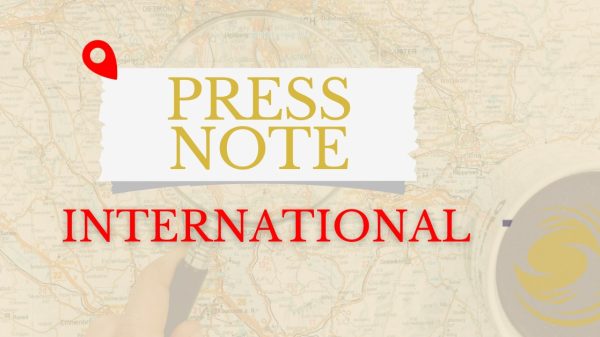Mastering the Midday Nap: Why Timing Is Everything

- Update Time : Thursday, March 27, 2025

The Science Behind the Afternoon Slump
It’s mid-afternoon. Your eyes are heavy, your focus is fading—and a nap sounds like the perfect fix. But if that quick snooze leaves you wide awake at midnight, it may be doing more harm than good. Scientists say the key to napping lies in when and how you do it.
Power Nap vs. Sleep Sabotage
Naps have long been praised for boosting energy, improving mood, and sharpening memory. But they’re a double-edged sword. A nap under 30 minutes can refresh your brain without plunging into deep sleep. Any longer, and you risk “sleep inertia”—waking up groggy and disoriented.

Timing is crucial. The ideal window for a nap is between 1 pm and 2 pm, aligning with your body’s natural dip in alertness. A nap during this period, paired with bright light exposure afterward, can increase alertness without disrupting your nighttime sleep cycle.
Why Some People Must Nap
Shift workers, sleep-deprived parents, and athletes often depend on short naps to stay sharp. NASA studies show that a 26-minute nap can boost alertness by 54% and performance by 34% for long-haul crews. But for people with chronic insomnia, naps may interfere with the body’s need for sleep at night.

How to Nap Right
For maximum benefit, keep naps short—ideally 10 to 20 minutes—and nap before 2 pm. A cool, dark, quiet space mimics night sleep and enhances rest quality. Eye masks and noise-canceling headphones can help in busy environments.
In the end, not all naps are created equal. The best nap is one that leaves you recharged, not restless. If done smartly, a midday nap can be a game-changer. If done wrong, it might be why you’re counting sheep until 3 am.














Leave a Reply